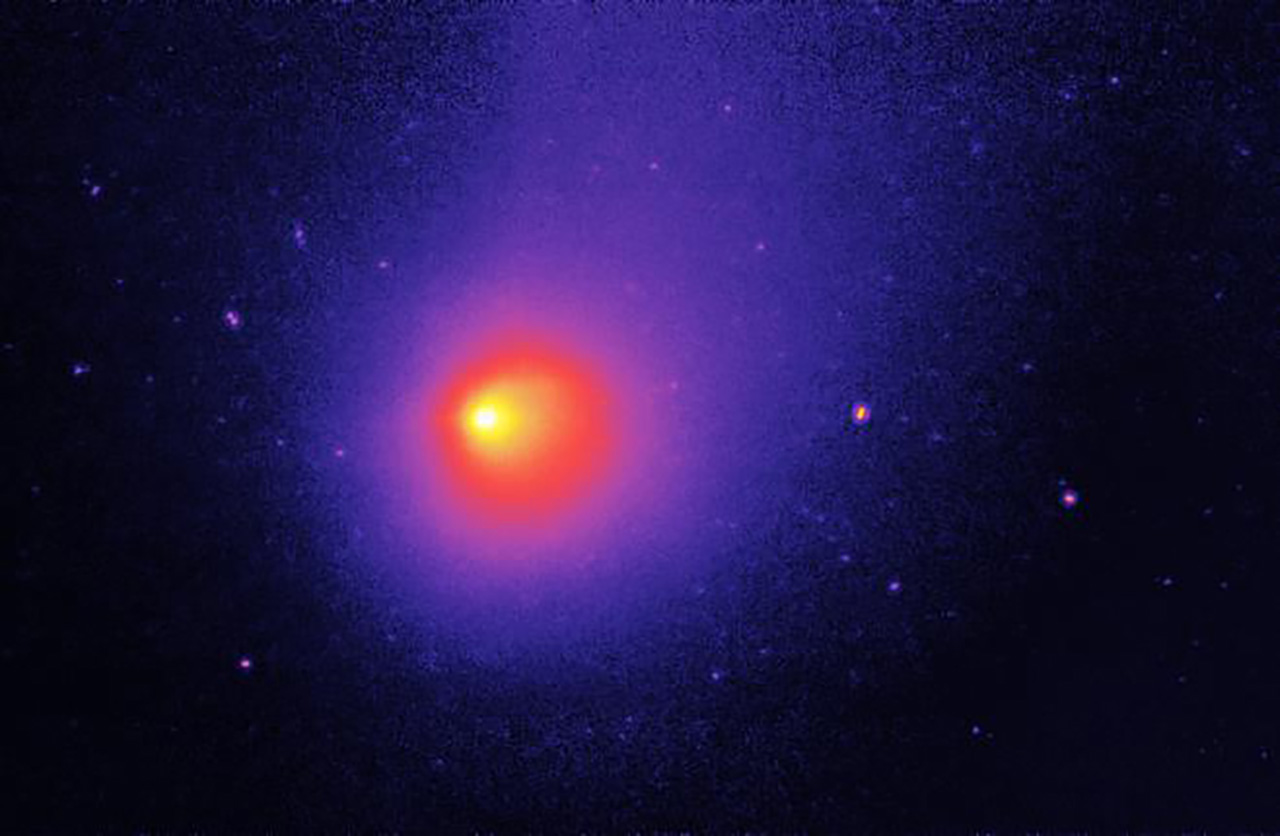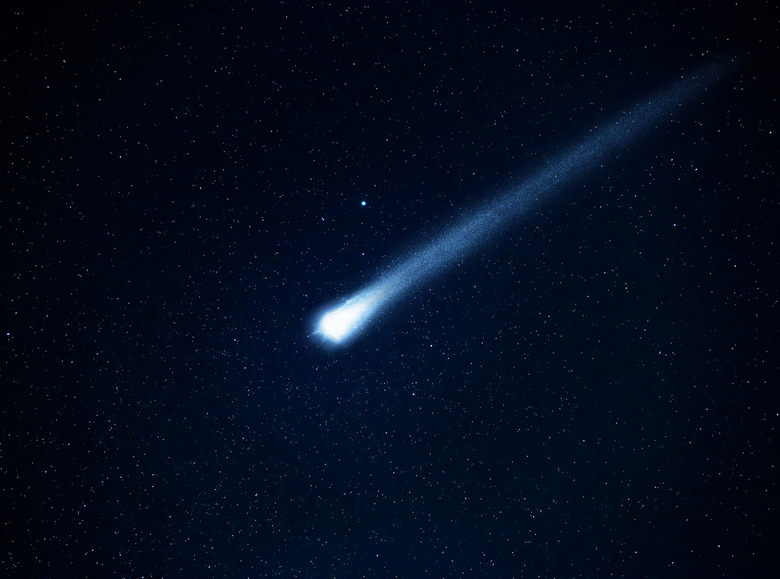Astronomers Just Detected An Icy Volcanic Comet Erupting
Astronomers recently detected a massive eruption from an icy volcanic comet that is currently flying through our solar system. (via Spaceweather.com) The comet in question is known as 29P/Schwassmann-Wachmann (29P) and is estimated to be around 37 miles wide. According to astronomers, the comet likely spewed more than 1 million tons of debris into space when it erupted.
29P is believed to be the most volcanically active comet in our solar system, at least that we have discovered thus far. The comet takes almost 15 years to complete a revolution of the Sun, and it is just one of 100 comets known as centaurs that were pushed from the Kuiper Belt – a ring of icy comets lurking beyond the planet Neptune.
Last month, on November 22, astronomer Patrick Wiggins noted that 29P appeared to have increased in brightness quite drastically. This led Wiggins and others to observe the comet more closely, determining that its volcanic comet must have erupted. Further, the eruption was believed to be so major that it is the second-largest eruption seen from 29P in the past 12 years.

The eruption, and any eruptions that size, are fairly rare, astronomers say. Because they are so rare, astronomers aren't exactly sure what causes them or why they become so big. What's intriguing about this eruption is that the debris from the volcanic comet is estimated to have stretched up to 34,800 miles away from the comet. It's also said that it is traveling at over 800 miles per hour through space.
The astronomers say that new observations of the comet back up previous research that indicates the eruptions may be tied to the comet's rotation. If that is true, then it's possible we could see similar eruptions happening as the comet continues its orbit and rotation around the Sun, releasing even more debris into space.
Perhaps further observations of the volcanic comet could help astronomers better understand why these eruptions occur and how they are triggered. Luckily, the comet's path doesn't really bring it close enough to Earth for any concern.
